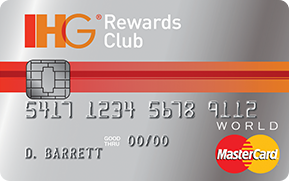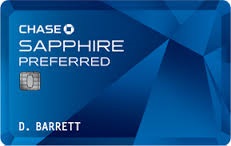If you’ve worked in database marketing, you may be familiar with something called “householding”. Householding is simply about grouping individual customer records into households. Why would, say, a bank want to do this? Several reasons. For example:
- To reduce expenses. Some sorts of offers will only need one offer per household.
- To figure out whom to communicate to. One individual in the household will be designated as the primary contact for the household.
- To manage risk. Credit card issuers may not want to issue twice the credit line they’re comfortable with just because a husband and wife apply for cards separately.
I wrote a while back about how Bank of America Platinum Preferred status is householded based on my experience with them:
…The easiest way for a lot of people to meet the $100K requirement is with an IRA account. If you do go that route, please be advised that though you will receive status, your spouse will not. The account has to be a joint account for your spouse to also receive status. So if the two of you put $100K into a joint checking account, you’re good to go. But if it’s $100K rolled over from your 401K, then only you get the status.
So in order to get status in this case, you actually have to be a joint holder of the account that meets the asset requirements. But I wouldn’t expect all banks to do it this way. Somebody calling the shots might decide it’s better to err on the side of caution in handing out status so as not to offend customers, and therefore anybody who shares a joint account gets the status bestowed upon them.
And what got me wondering about this is Chase’s 5/24 rule. One of the apparent exceptions (see Frequent Miler’s recent post) to that heinous regulation is for Private Client customers. You need a certain level of assets to be in Private Client banking:
Available to individuals who maintain an average daily balance of $250,000 or more in any combination of qualifying linked deposits and investments.
But look at the fine print below there:
Family members of Private Clients can also take advantage of these benefits. For this, you must be joint owners of a Chase Private Client Checking or a Chase Private Client Savings account. Your family members’ accounts must be upgraded to a Chase Private Client account to receive product and rate privileges. Minors under the age of 18 cannot be owners of a Chase Private Client Checking account and therefore cannot receive all the benefits of Chase Private Client.
Interesting! This sounds different from B of A. If I’m reading it correctly, you just need to be on any joint private client checking or savings account, not necessarily the one with all the assets. The issue is, how does Chase handle householding here? Or put another way, what exactly is the definition of a family member? Spouses and kids only, and only if they’re at the same address… or is the definition broader?
My big question is this: what if you had a third cousin, twice removed, living in another state, with a different last name who was a Chase private client customer… Could you establish a joint account with him (note that for private client the minimum balance is only $100), get status for yourself, and then be able to skirt the 5/24 rule? I have no idea what the answer is but I’m curious.



Recent Comments